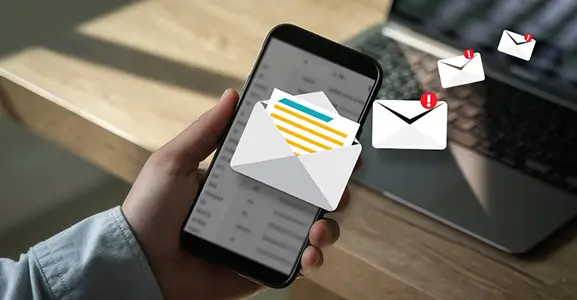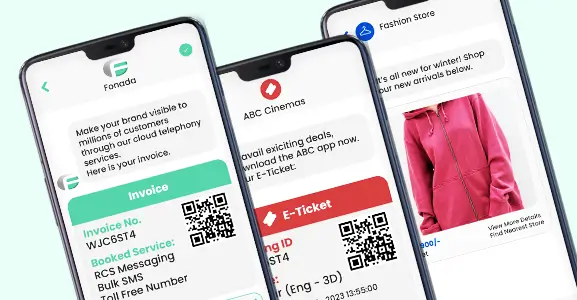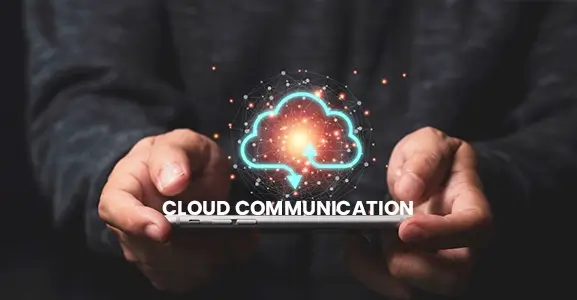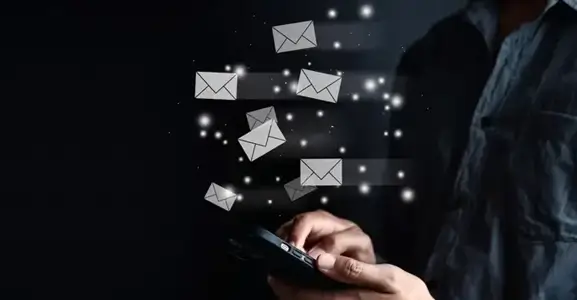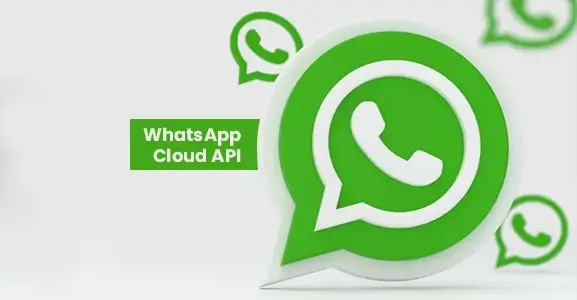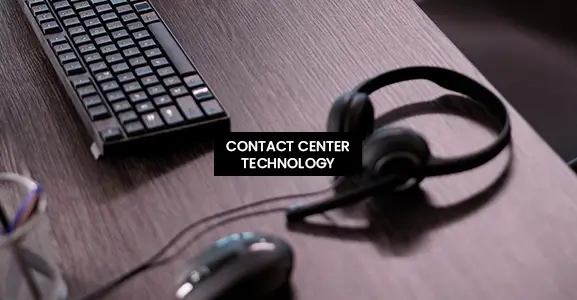With business-optimized text messages, text services are the easiest and most efficient way to reach your customers. Your SMS campaign’s viability relies on optimizing your SMSes. But how to develop SMS campaigns that can engage with the audience? There are a few basic principles to make your SMS marketing engaging and increase your sales.
About SMS Campaigns
SMS remains a very popular method of global communication. SMS is the most popular channel for direct marketing. It has the highest engagement rates and is significantly less annoying than cold calling.
With an average open rate of 82%, text messages are the most effective form of marketing. SMS marketing has been proven to be highly efficient. Customers prefer this channel. Nearly half of the consumers choose SMS support over all others. Most customers report that they would rather get order status updates, confirmations of reservations, and reminders of appointments through text messages. Text messaging provides the highest return on investment and engagement rates across all messaging channels.
As per Gartner report, open rates for SMS are around 98%, while email rates are approximately 20%.
SMS campaigns can provide a substantial return for businesses due to the absence of spam filters, and the result reveals that individuals check their phones more frequently than their email inboxes.
Read More: Top 10 Most Popular Bulk SMS Service Providers In India
Tips For A Strong SMS Campaign
Creating an effective SMS campaign takes strategic planning and customer understanding. Here are some guidelines that can help you launch a successful SMS campaign:
1. Focus On Targeted Text Messages
Majority of businesses send text messages to their clients less frequently than emails. The most effective method is to categorize your audience so that you can offer them targeted messages. With this strategy, the consumer is more likely to appreciate and respond to your texts, increasing the chances of a successful conversion.
Sending targeted messages is one of the simplest methods to maximize the utility of your text messages. Personalized, targeted messaging achieves high response rates. You can effortlessly send location, demographics, and transaction-specific messages with a properly integrated messaging platform and customer relationship management system.
2. Put Together A Strategy Of Automated Reminders
Targeting your customers according to the activities – or even the inactions – is another option. Use triggered messages to keep a consistent flow of communication with your customers.
If they purchase a certain item on a business website, such as a laptop, send customers a text message recommending a related product, such as a laptop cover. You might even offer a concession. SMS’s quick feature means you might send the text even before they leave your website.
After a customer performs a variety of actions, it is useful to send them triggered messages.
Triggered messages make it simple to keep the lines of communication open with clients at all times. Customers can schedule appointments or make purchases on your website to trigger messaging.
3. Send Brief And Engaging Messages
It’s only reasonable to label any organization that floods your inbox with multiple emails daily as spam.
However, SMS messages can be brief. You can send links with them, by shortening the URLs. It is essential to keep your messages shorter.
If your message exceeds 160 characters, most messaging platforms divide it into parts. A concise sentence with a question or call to action works well. Although the majority of modern phones can integrate up to 918 characters of text messages into a single message, still, it’s best to keep words short. People want to avoid getting long messages that look spam, and you may also be charged per chunk.
Also, keep in mind that SMS conversations are two-way conversations. SMS campaigns are more interactive and responsive than emails.
4. Timing Is Very Important
SMS marketing efforts require careful timing, unlike email campaigns. If customers receive a text message at midnight, they may get up to read it, so choose a better time to text them.
Because texting can feel more personal than email, it’s important to know when you send messages. Sending a text message too early; in the morning or late at night, would likely annoy the recipient, leading them to opt out of further messages.
Considering the immediate nature of SMS campaigns, adding time-sensitive offers and promotions is advisable. This will motivate individuals to take action rather than put it off.
5. Add A “Call To Action.”
SMS messages should include a strong CTA like other marketing content. Inform them about a fantastic new offer, and then request that they “Click here” or “Purchase now.”
When sending text messages, including a strong call to action (CTA). Like other marketing efforts, your communications should include a call to action, such as “Try Now” or “Schedule a Demo.”
6. SMS Campaigns Should Use Branded Links
Most CTAs use a link to your company’s website but don’t use a long URL full of UTM specifications, especially with 160 characters. Even though it might be tempting to use a generic URL shortener to shorten your links, it’s better to make a personalized short link with the brand’s name.
Using a vanity URL in SMS marketing campaigns can increase brand visibility, text message organization, and click-through rates by up to 39%.
Using shortened URLs generates more traffic, leads, and sales among others. Maintaining brand consistency is simple with branded keyword-shortened custom URLs. Branded links receive more clicks than generic short URLs since they are more credible. SMS marketing efforts require this since users know anyone can text them. People may hesitate to click on a link if they think it would lead them to a spammy or malicious site. However, when they see your brand name attached to it, they are more likely to do so.
7. Usage URL Destination Redirects
Rebranded links have numerous additional benefits. The ability to modify the linked-to URL is a great feature for SMS campaigns. If a marketing team member accidentally links to the wrong position in your message, the error is easily fixable.
You can also update the link you provided to clients if the promotional period for the original deal has ended. That way, even if someone expresses interest after the offer has expired, you can still promote them with the latest offer. Message marketing lets you change the destination URL of links in your messages.
8. Send Texts From The Name Of Your Brand
Sending SMS to customers from an unknown number can hurt your reputation. One of your objectives is for people to become familiar with your brand name. This time, it’s all about boosting the recognition of your brand and establishing credibility in the SMS message.
You can select your sender ID with many platforms that facilitate bulk messaging, and doing so won’t cost you any extra money.
Sending out company-branded text messages is a great way to get your name out there. If a customer receives a text from an unknown number, they are free to ignore it.
9. Customize Your Messages
Personalization can help customers feel valued, appreciated, and more positive about your business. Hence, the probability of conversion increases!
You can customize your SMS campaigns in many ways. As you undoubtedly figured, the simplest method is addressing clients by name, mostly in text. Two-way SMS lets you send a direct message to one consumer and have a unique dialogue with them.
Also, you can customize your SMS links. For instance, you could send someone a personalized quotation for your services through an SMS link after a phone call or any other interaction.
10. Monitor Your Responses And Data
By incorporating a survey into your drip campaign, you can learn more about your audience members and the products or services you might offer them.
At the end of building your chat drip campaign, it’s a good time to consider adding this. Add some smiley faces to make things enjoyable. Note that chat communication differs significantly from email communication.
If a user responds positively to a survey item about customer experience, you may request that they post a review.
Short links with UTM parameters allow you to see which SMS campaigns generate the most interest and clicks. Using this data, you can determine which SMS messages are successful and change accordingly.
Read More: What Is Internet Communication & How Can We Communicate Over The Internet?
How To Set Up An SMS Campaign
There are numerous methods for running an SMS campaign. These methods depend on the application you select to automate your task. To design an effective SMS campaign, however, you should adhere to the following fundamental best practices:
1. Consider About The Audience
While approaching your customers, using the appropriate communication style is essential. Consider your brand and audience. What languages do your customers speak, and how would you describe your working relationship with them? Are your customers who like discounts or environmentalists who want to know how you make your products? Take into account your audience when deciding on your tone.
2. Add Value
Every message you send out to your customers should contain something of value. Why should the audience read and follow your instructions? Provide something short to engage your subscribers. A nice example would be the text that notifies the customer about new offers to get a product at a discount for a short time.
3. Set Clear Goals
The best SMS campaigns have a well-defined objective. Are you looking to attract more customers to your website? Are you trying to boost your number of returning customers? Do you wish for your social media updates to receive more attention? Track each SMS ad’s performance to verify if it met its target. If it doesn’t work, you’ll know your plan needs to be changed.
4. Do Not Abuse Text Messages
While customers would appreciate receiving the occasional SMS with a great deal, receiving texts at late hours of the day can be annoying. Start with 4–5 texts a month and gradually increase it.
But, if subscribers decide they no longer want to receive the messages, they should be allowed to opt-out anytime.
Read More: Top 10 Best Virtual Phone Number Providers In India
Conclusion:
Several brands use SMS campaigns for more than marketing. These campaigns can support email and social media marketing strategies. Some use it for customer support, such as providing reset passwords, appointment reminders, and delivery confirmation.
Several companies prefer short message services to motivate responses to surveys and other forms of feedback collection. This additional usage can help brands increase the receptivity of customers to your marketing message.
FAQs
A marketing text should be at most 160 characters. SMS messages are limited to 160 characters (including spaces). Thus you should limit the length of your messages accordingly. Messages should be concise, clear, and effective. Optimally, they should also encourage action.
Using third-party software, marketing SMS messages can be scheduled. On iPhones, you cannot pre-schedule SMS; however, many apps allow you to time your messages.
The standard SMS open rate is 98%, whereas the average open rate for marketing messages is 82%.
Sending marketing messages through text messages is called SMS marketing. It is a kind of opt-in marketing in which contacts must subscribe. This sets it apart from social marketing, in which a business creates and shares information on a public platform that potential customers can choose to interact with on their own.
2-way conversational SMS can be used for transactional communications like confirming an appointment, whereas 1-way conversational SMS can be used for notifications and updates.

Dec 11, 2024
Top Contact Center Optimization Tools For 2024
“A thriving business knows how to fetch maximum output from limited resources by optimizing ca... Read More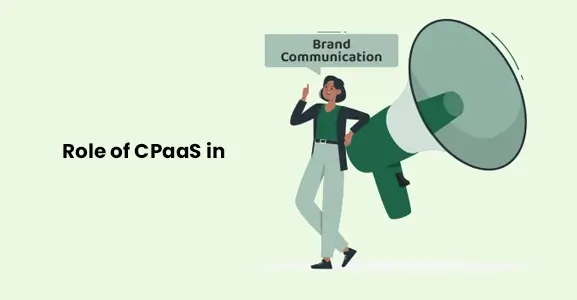
Nov 13, 2024
What Is Brand Communication? CPaaS Role Explained
Did you ever wonder why some advertisements grab your attention instantly, while others do not? The... Read More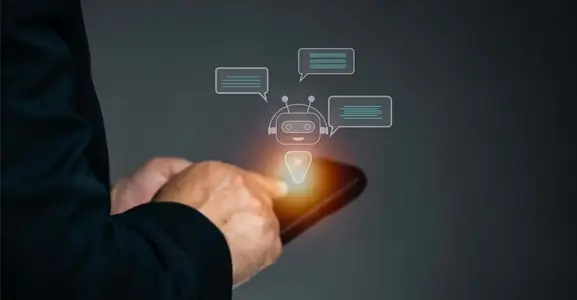
Nov 01, 2024
What Is Automated Messaging And How Does It Work?
Automated messaging or text automation empowers businesses and marketing professionals to connect wi... Read MoreLatest Updates
From Fonada
Industry Insights, Trends, Innovations, Updates, and Case Studies from Industry Experts
View
Customer
Reviews
Discover why our customers love us - read their authentic and heartfelt reviews!
View
Case
Studies
Explore real-life scenarios, offering analysis, and solutions to practical challenges
View
Convert Leads Into Sales With Fonada
Trusted CPaaS Solution Provider

